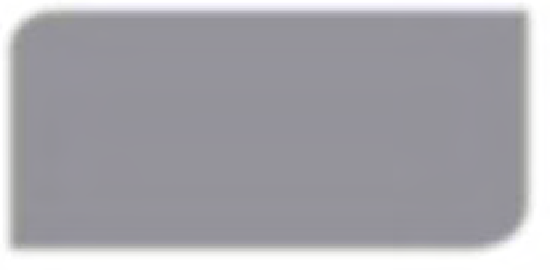Travel Reference
In-Depth Information
interest has led advertisers to look again at the cinema
as a means of conveying messages to the general
public. Cinema advertising has all the advantages of
commercial radio, namely the ability to promote local
facilities and services, plus the impact and movement
associated with the 'big screen', but it does have the
disadvantage of high production costs. Cinema-goers
are predominantly in the younger age groups, making it
a particularly suitable medium for advertising products
and services to a sector of the population which, in
general terms, has a high disposable income and is
motivated to buy travel and tourism products.
just keeping the media informed of your organisation,
although this can undoubtedly pay dividends. PR is
also about making sure that all staff and functions of an
organisation which come into contact with the public,
for example staff at reception, promotional literature,
telephone technique, uniforms, etc., are well managed
so as to gain maximum publicity and goodwill. PR is
also about travel and tourism organisations helping in
the local community and getting involved in work for
local and national charities.
The most common method used to keep the press
informed about news and events is by issuing a press
release. They can be sent to local radio and television
stations as well as to newspapers and magazines. The
disadvantage of press releases is that the organisation
has no control over what the editor chooses to include
or exclude. Parts of the news release may be printed
out of context and give a negative image of the
organisation and its activities.
Outdoor and transport advertising
Outdoor advertising includes a much wider variety
of media than just posters and billboards. Flashing
signs, trains, delivery vans, representatives' cars, taxis,
advertisements on buses, sports ground advertising
and fascia signs, are all part of the communications
process in travel and tourism marketing. Outdoor
advertising is often part of a larger advertising
campaign involving many different media, acting
as a reminder of a message that may already have
been shown on television or included in a newspaper
advertisement. While production costs are high for
outdoor advertising, overall costs per site are lower
than comparable coverage by television advertising.
Sales promotions
Sales promotions are a variety of techniques designed
to persuade customers to make a purchase. They usually
support advertising, direct mail or public relations work.
There are many different sales promotion techniques
used in the travel and tourism sector, such as:
•
Discount vouchers and coupons (often in
Activity 5.8
newspapers, magazines and websites);
•
Price cuts and sale offers, e.g. 10 per cent off all
Choose one national and one local travel and tourism
company and list the different advertising media
each uses to promote its products and services.
brochure prices of summer holidays;
•
Extra product, e.g. a 'three weeks for the price of
two' offer from a tour operator;
This activity is designed to provide evidence for P3.
•
Free gifts, e.g. a free T-shirt with every group
booking at a theme park;
Public relations
•
Prize draws;
Public relations (PR) is used a great deal in travel and
tourism, especially by fi rms with limited advertising
budgets. Organisations sometimes think of it as 'free
publicity', particularly when associated with a newspaper
or magazine article that features its facilities. In reality,
there is usually a price to be paid for this coverage,
even if it is just the cost of entertaining the journalist
who wrote it! However, public relations is more than
•
Competitions;
•
'Giveaways', e.g. free carrier bags, pens, balloons,
hats, stickers, etc.
•
Free membership of a new leisure club attached to
a hotel;
•
Displays and exhibitions.








































































































































